With its Legacy Survey of Space and Time, the new observatory is expected to build the most precise map of the universe — ever.


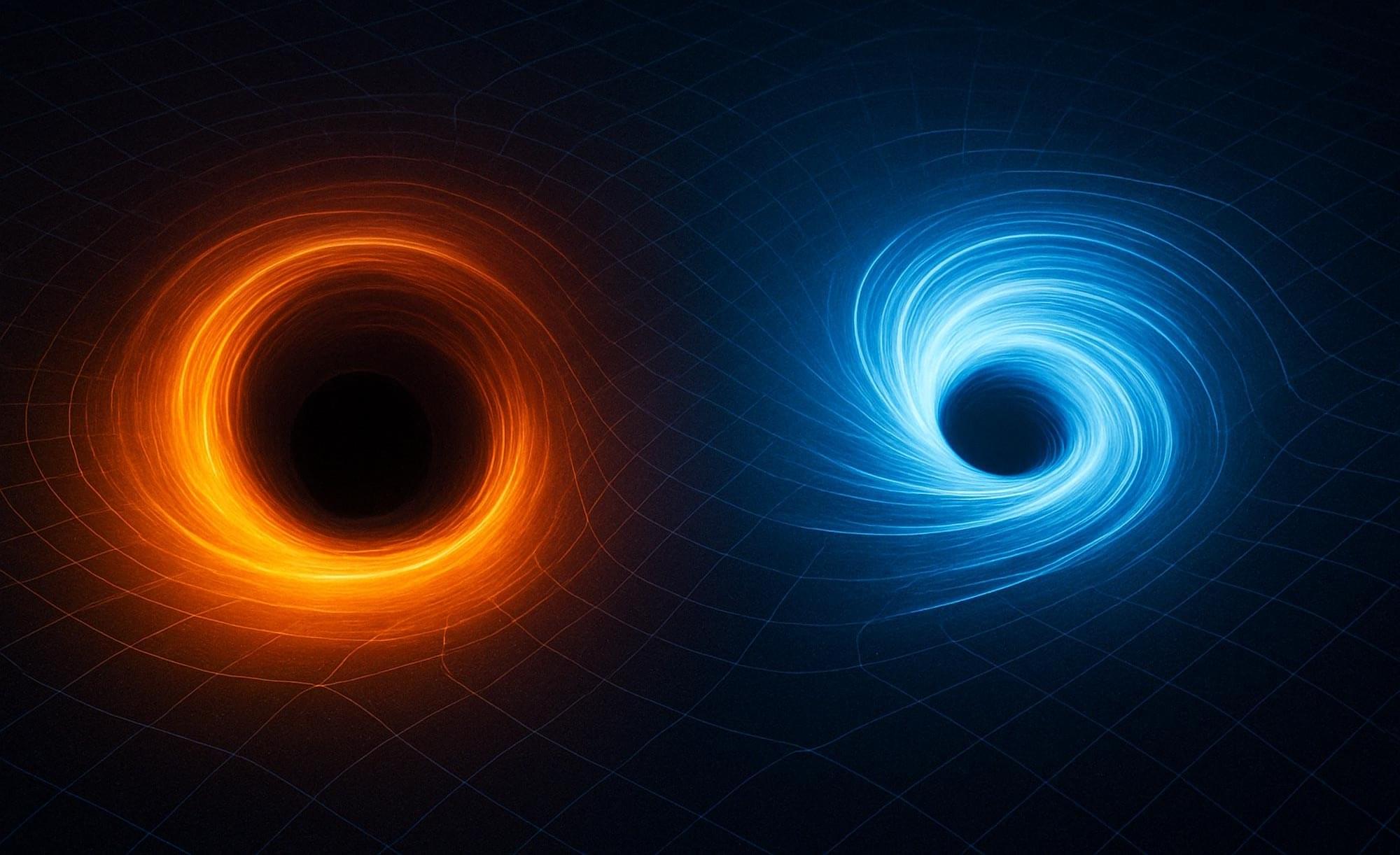
A team of researchers has engineered a groundbreaking optical device that mimics the physics of black holes and their mysterious counterparts, white holes.
These “optical analogs” use a principle called coherent perfect absorption to either absorb or reflect light depending on its polarization, much like how black holes trap matter and white holes hypothetically expel it. Their success opens new doors not only for studying far-off cosmic phenomena in a lab setting but also for developing advanced technologies like energy conversion systems and stealth materials.
From cosmic phenomena to lab devices.

Earth rotates, the Sun rotates, the Milky Way rotates – and a new model suggests the entire Universe could be rotating. If confirmed, it could ease a significant tension in cosmology.
The Universe is expanding, but exactly how fast is a contentious question. Two different methods of measurement return two very different speeds – and as the measurements become more precise, each becomes more certain. This discrepancy is known as the Hubble tension, and it’s reaching crisis levels in physics.
So for a new study, physicists in Hungary and the US added a small rotation to a model of the Universe – and this mathematical massage seemed to quickly ease the tension.

In the realm of general relativity, black holes are well-known for their ability to trap light and matter by bending spacetime, creating a point of no return. While black holes have fascinated scientists and the public alike, another concept, the white hole, has remained more theoretical. A white hole is thought to be the reverse of a black hole, expelling light and matter rather than absorbing them. Now, a team of researchers has designed a novel optical device with intriguing similarities with both these elusive cosmic phenomena.
The device, reported in Advanced Photonics, functions as an optical black hole or optical white hole, and rests on a principle known as “coherent perfect absorption” of light waves. Dependent on polarization, this optical device can either absorb or reject light almost entirely, analogous to the behavior of a gravitational black or white hole in space.
The device works by forming a standing wave from incident light waves, where interactions with an ultrathin absorber lead to perfect absorption or transmission, based on the polarization of the light. In simple terms, it behaves like a cosmic object that either swallows or repels light.
CERN scientists have detected top quark pairs in lead-lead collisions for the first time, confirming their presence in the early universe’s quark-gluon plasma. This groundbreaking discovery unlocks new insights into how matter formed just microseconds after the Big Bang. Join us as we explore the science, history, and future implications of this monumental finding.
Paper link : https://arxiv.org/pdf/2411.10186
paper link : https://arxiv.org/pdf/0810.5529
paper link : https://arxiv.org/pdf/2005.
Visit our website for up-to-the-minute updates:
www.nasaspacenews.com.
Follow us.
Facebook: https://www.facebook.com/nasaspacenews.
Twitter: https://twitter.com/SpacenewsNasa.
Join this channel to get access to these perks:
https://www.youtube.com/channel/UCEuhsgmcQRbtfiz8KMfYwIQ/join.
#NSN #NASA #Astronomy#TopQuark.
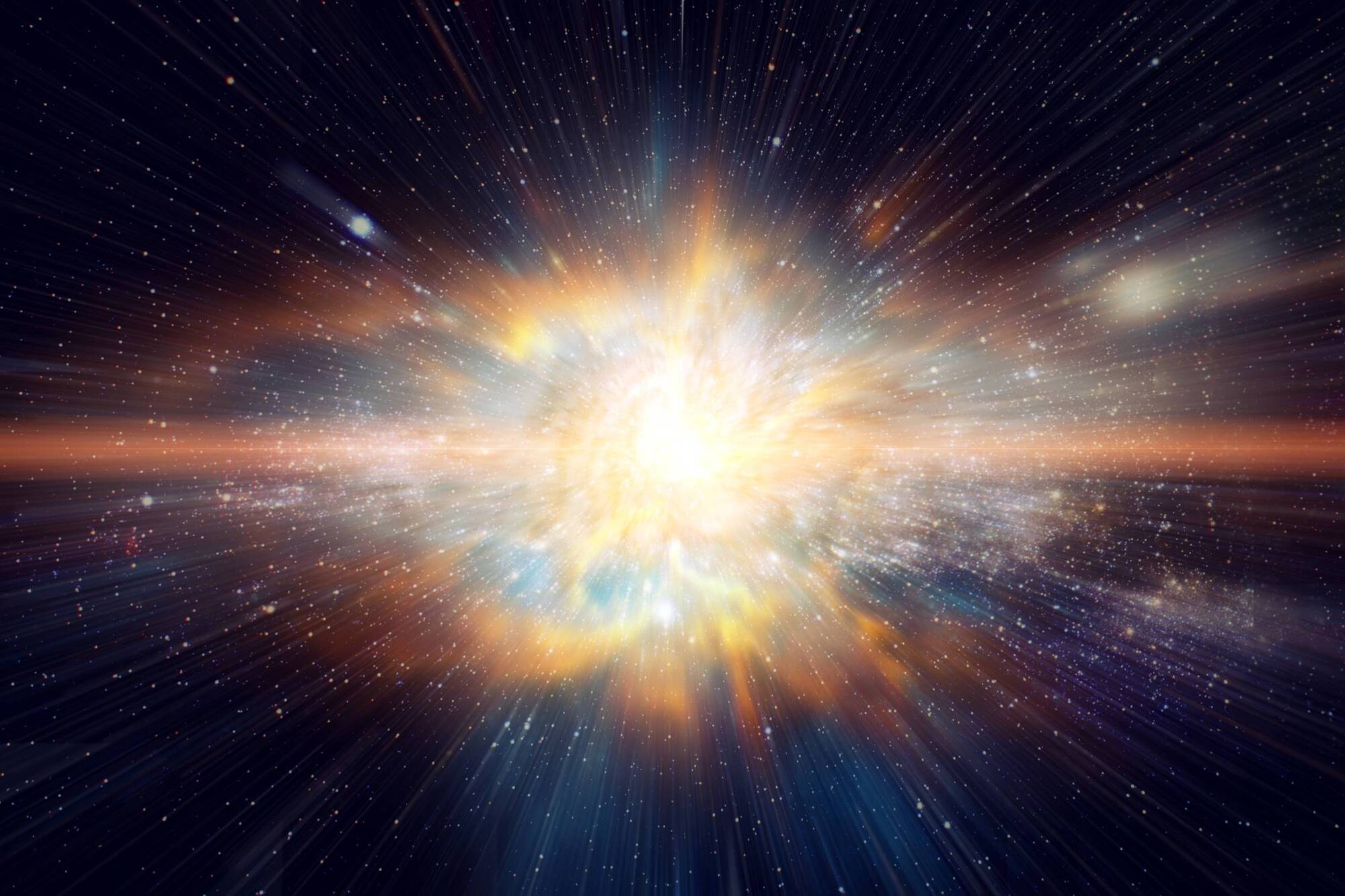
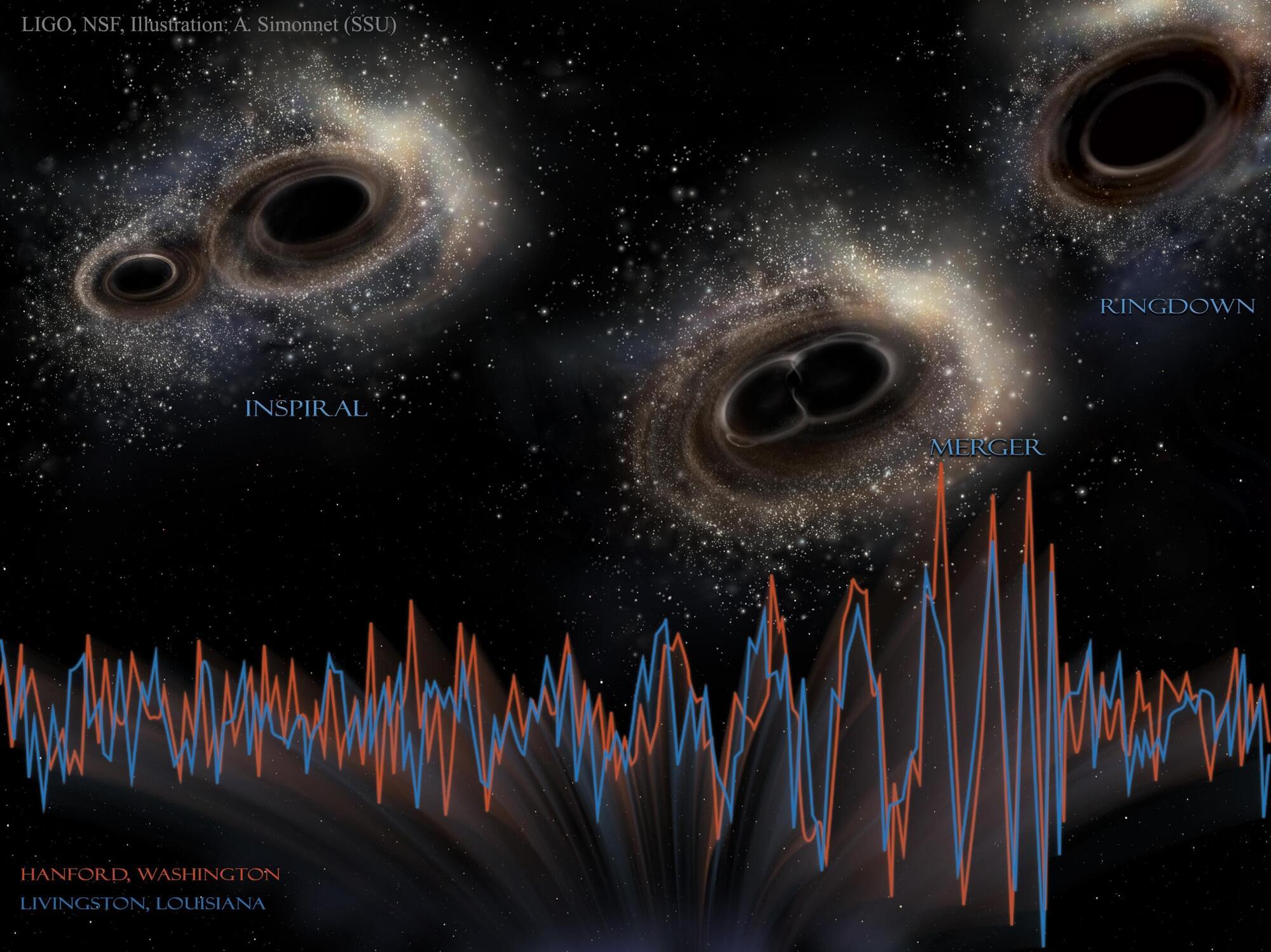
Extreme cosmic events such as colliding black holes or the explosions of stars can cause ripples in spacetime, so-called gravitational waves. Their discovery opened a new window into the universe. To observe them, ultra-precise detectors are required, but designing them remains a major scientific challenge for humans.
Researchers at the Max Planck Institute for the Science of Light (MPL) have been working on how an artificial intelligence system could explore an unimaginably vast space of possible designs to find entirely new solutions. The results were recently published in the journal Physical Review X.
More than a century ago, Einstein theoretically predicted gravitational waves. They could only be directly detected in 2016 because the development of the necessary detectors was extremely complex.
Win Extraterrestrial Metal: join my mailing list 💥 https://briankeating.com/yt 💥
Could entropy and coherence change everything we know about the universe? How does quantum information flow in the cosmic superweb? And will quantum mechanics reveal our universe’s deepest secrets?
Today, I’m joined by the one and only Dick Bond, a theorist who has helped reshape our understanding of dark matter, entropy, and quantum mechanics, to discuss how every aspect of the universe could be a result of quantum mechanics. Dick is a renowned astrophysicist known for his significant contributions to cosmology and the study of the universe’s large-scale structure. He has worked extensively on topics such as dark matter, dark energy, the cosmic microwave background (CMB), and quantum cosmology.
We also have a treat for you at the end of the episode, as Dick will grace us with a lecture titled Entropy in a Coherent Universe: Quantum Information Flows in the Cosmic SuperWeb. Don’t miss out!
Key Takeaways:
00:00 Intro.
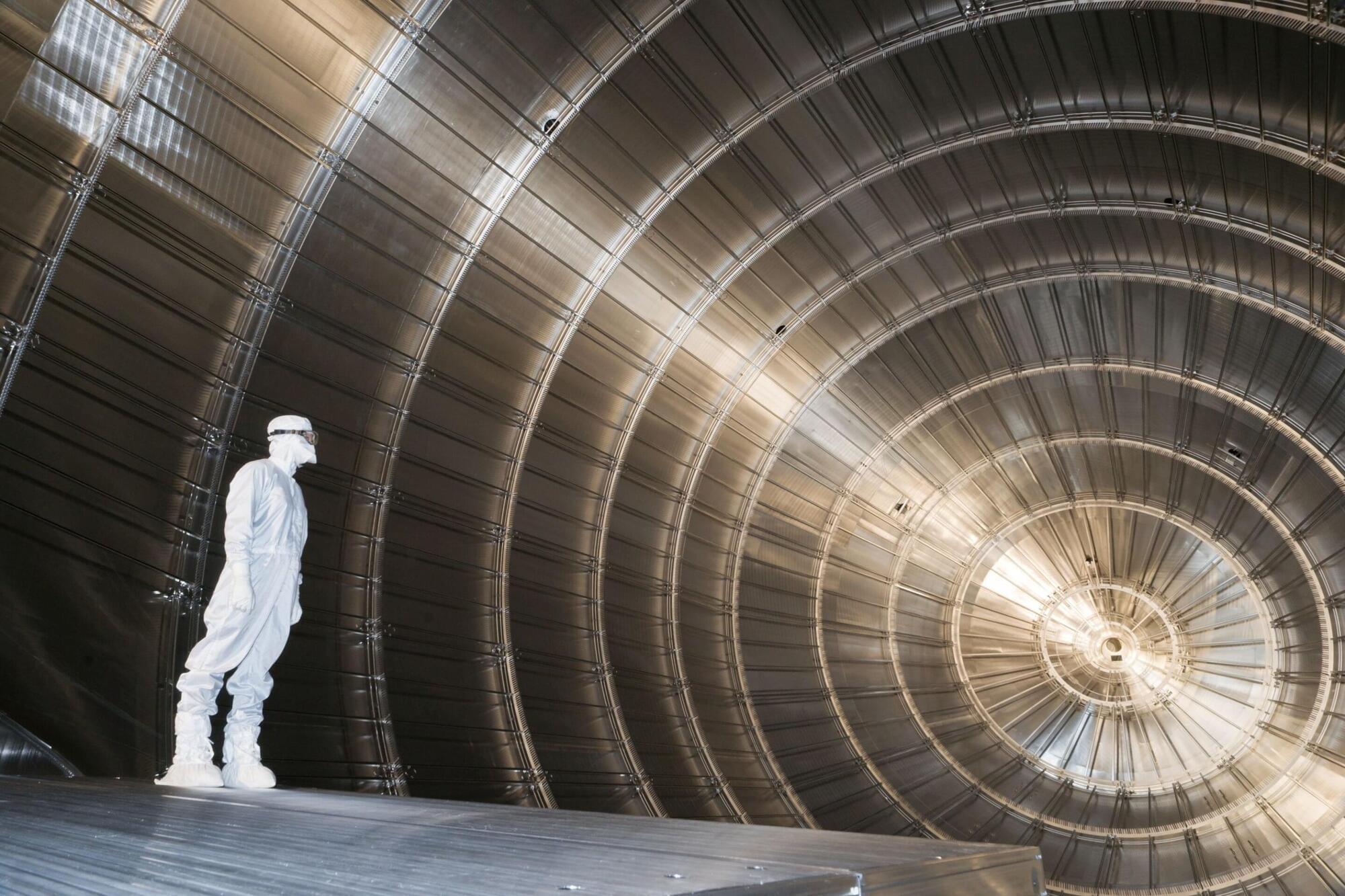
Neutrinos are among the most enigmatic particles in the universe. They are omnipresent yet interact extremely rarely with matter.
In cosmology, they influence the formation of large-scale galaxy structures, while in particle physics, their minuscule mass serves as an indicator of previously unknown physical processes. Precisely measuring the neutrino mass is therefore essential for a complete understanding of the fundamental laws of nature.
This is precisely where the KATRIN experiment with its international partners comes into play. KATRIN utilizes the beta decay of tritium, an unstable hydrogen isotope, to assess the mass of neutrinos. The energy distribution of the electrons resulting from the decay enables a direct kinematic determination of the neutrino mass.
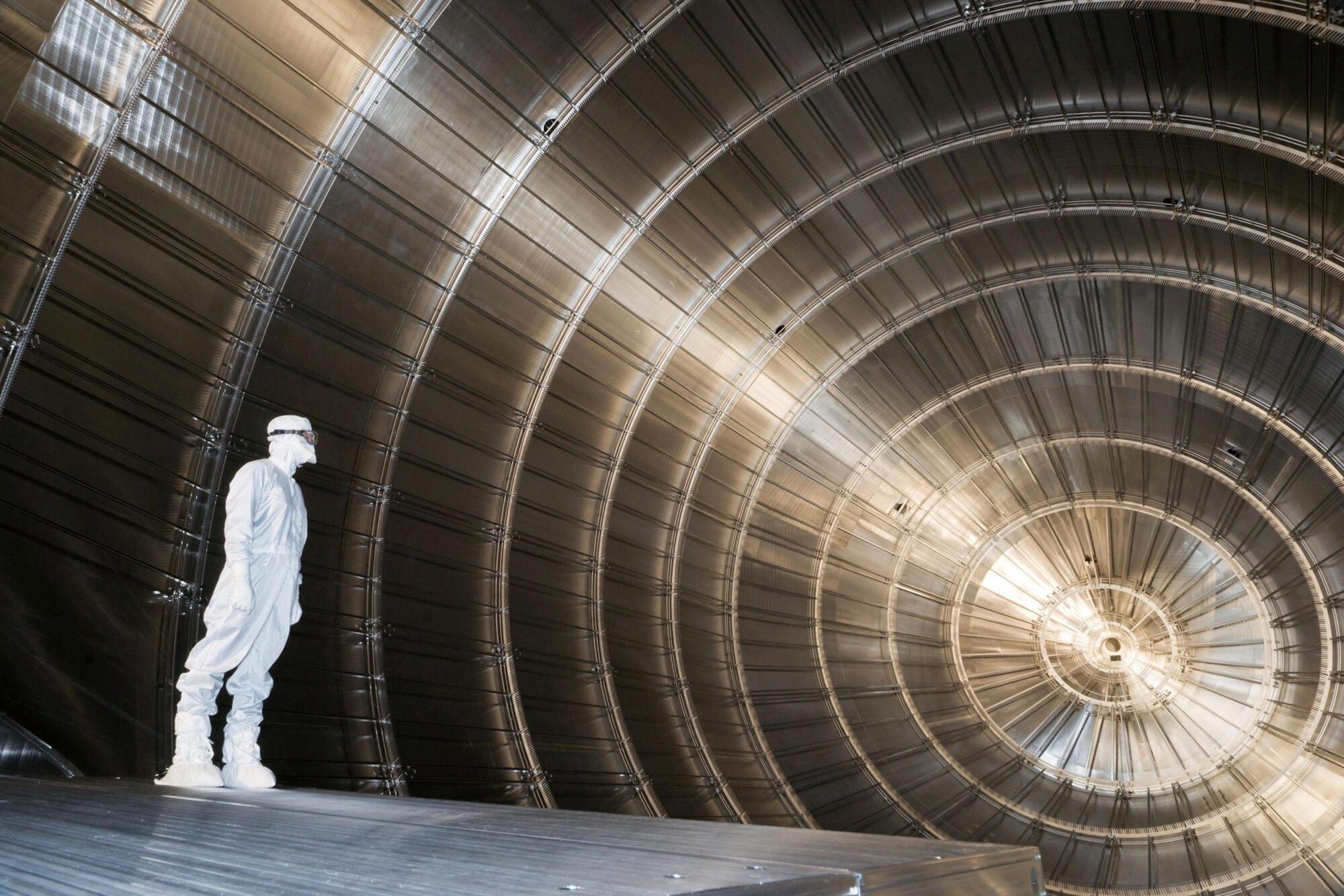
Neutrinos, the mysterious and nearly massless particles that barely interact with anything, are revealing new secrets through the KATRIN experiment.
Using tritium decay and advanced spectrometry, KATRIN has slashed the upper limit on neutrino mass, pushing our understanding of fundamental physics into new territory. With 250 days of data already analyzed and more to come, researchers are optimistic about uncovering even more surprises. Future upgrades aim to detect hypothetical sterile neutrinos, potential dark matter candidates, and possibly revolutionize our view of the universe’s invisible side.
Neutrinos: The Universe’s Ghost Particles.